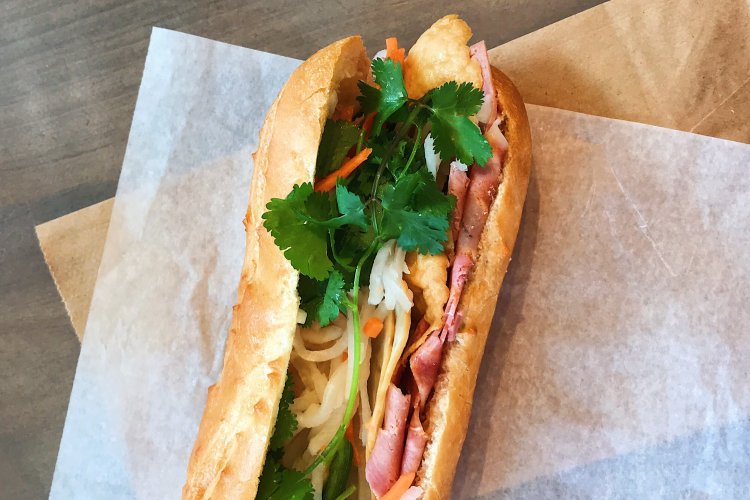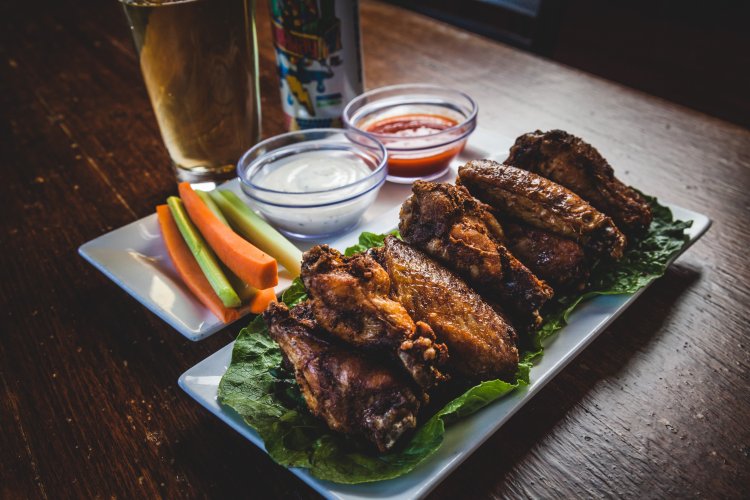There's More to Chuan'r Than the Classic Xinjiang Lamb Kebab: Global Choices in Beijing
Any waiguoren worth their salt knows that a late night meal of chuan'r and beer consumed in the street while perched on tiny stools is one of the best things about living in Beijing (in summer at least), but what options are then when you fancy something a little bit different? Plenty of other countries around the world are just as famous for their kebabs and luckily for us, many of them are easily available in Beijing.
Satay (Indonesia/Southeast Asia)
Satay is thought to have originated in Java, Indonesia but has since become a popular dish across southeast Asia, including Malaysia, Singapore, Thailand, and the Philippines. The marinade used for satay skewers varies according to the country it is prepared in, but essential ingredients include turmeric (which gives satay its signature yellow hue), ginger, and garlic. The skewers may be served with a spicy peanut dip, which is often misinterpreted as the term 'satay'.
Eat it: Wudaokou's Cocolol keeps us going back for their wide ranging take on southeast Asian cuisine – including decent satay. For a downtown option, try Lau Pa Sak on Xindong Lu, which is better known for its Singaporean dishes but also offers up decent satay.

Yakitori (Japan)
While chuan'r is best made with lamb, Japanese yakitori is all about the chicken (it is Japanese for 'grilled chicken', after all). Kushiyaki is the word you want if you're looking to refer to both poultry and non-poultry skewers. The chicken for yakitori comes in many forms, but our favorites are the tsukune, chicken meatballs often served with a raw egg yolk for dipping, and the negima, featuring chicken thigh and scallions.
Eat it: Tiny Tori Tei in Xinyuanli has been a favorite for yakitori for years. Best with a big group – things tend to get pretty raucous once the sake has been flowing for a few hours.
Souvlaki (Greece)
A diminutive of the Greek word souvla, meaning 'skewer', souvlaki is a popular Greek fast food dish consisting of small pieces of grilled meat on skewers, sometimes with vegetables. The skewers are typically served in a pita sandwich, topped with tzatziki and salad. The most popular meat for souvlaki in Greece is pork, although beef, lamb, and chicken versions are usually available in Greek restaurants abroad.
Eat it: Good Greek options are still few and far between in Beijing, which is why we always end up going back to Athena in northern Sanlitun for their reliable take on classic Greek dishes, including souvlaki.
Churrasco (Brazil)
In Brazil, churrasco is a term for a barbecue, which may feature a variety of different meats, from chicken and pork, to sausages and offal – the meats may or may not be on skewers. A churrascaria refers to a restaurant serving grilled meats. At most churrascarias, the waiters move around the room with giant skewers of meat, carving directly onto the diners' plates.
Eat it: The laboriously named V-Continent Beijing Parkview Wuzhou Hotel near the Olympic Park hosts beijing's best churrascaria, Brazilian Churrascos, which serves up daily all-you-can-eat deals for lunch and dinner.

Şiş kebap (Turkey)
Probably one of the best known Turkish dishes outside of Turkey, şiş kebap simply refers to skewered and grilled meat. One of the more simple kebab options available, the meat is served alongside grilled vegetables and bread.
Eat it: Tuanjiehu-based restaurant Turkish Mum serves up a wealth of different Turkish kebabs, Şiş included, and is handily placed for a filling meal before a night out in Sanlitun.
Kabab koobideh (Iran)
Koobideh refers to a Persian minced meat kebab, most commonly made of lamb or beef, that is mixed with seasonings such as parsley, onion, and sumac. The slightly-flattened patties are grilled on skewers, traditionally over hot coals, before being served with rice pilaf.
Eat it: Rumi has carved out a niche for itself among Beijing's many Middle Eastern restaurants by specializing in Persian cuisine. They serve beef, chicken, and lamb-beef koobideh.
More stories by this author here.
Email: robynnetindall@thebeijinger.com
Instagram: @gongbaobeijing
Twitter: @gongbaobeijing
Weibo: @宫保北京
Photos: Wikimedia







